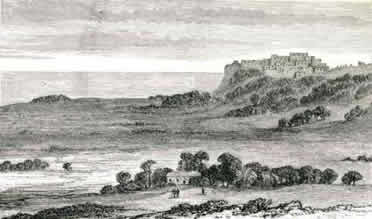
1. Title of Research Programme : Paphos in Ottoman sources The programme was designed to highlight the more recent past of Paphos, side by side with the glorious age of antiquity and the Roman period. As Paphos has been chosen for Cultural Capital of Europe in 2017, it is more than necessary to present a contribution referring to its history during Ottoman times.

2. Aims The primary aim of the programme proposed for funding is to create a corpus of Ottoman sources on Paphos. The history of Paphos in Ottoman times is completely unknown, if we exclude patchy information from Western sources and certain demographic and financial data from Ottoman archival documents on the area, in the years immediately following the Tanzimat. Literature testifies to this: studies on Ottoman Paphos are extremely few and far between. The research proposal has two pillars on which it will be based so as to provide the corresponding products. Α. The publication of the census of the town and the area of Paphos immediately following the conquest of the island in 1572. This is the first Ottoman tax register which reflects the inhabited area, in other words, toponyms and anthroponyms are recorded, as are, indirectly, the economic activities of the inhabitants, through the taxation imposed by the Ottoman ruler. The census reveals the previous situation on the island, during Venetian times, namely portraying the housing network, population figures for the settlements and the economic activities of the inhabitants. Therefore, the continuity of the Christian population and the place it inhabited before and after the Ottoman conquest of the island can be traced. Changes and the continuity in the composition of the Christian population following the dramatic political changes after the conquest can be observed along with whatever these infer (voluntary or compulsory movements, destruction, massacres, persecution, Islamizations).

